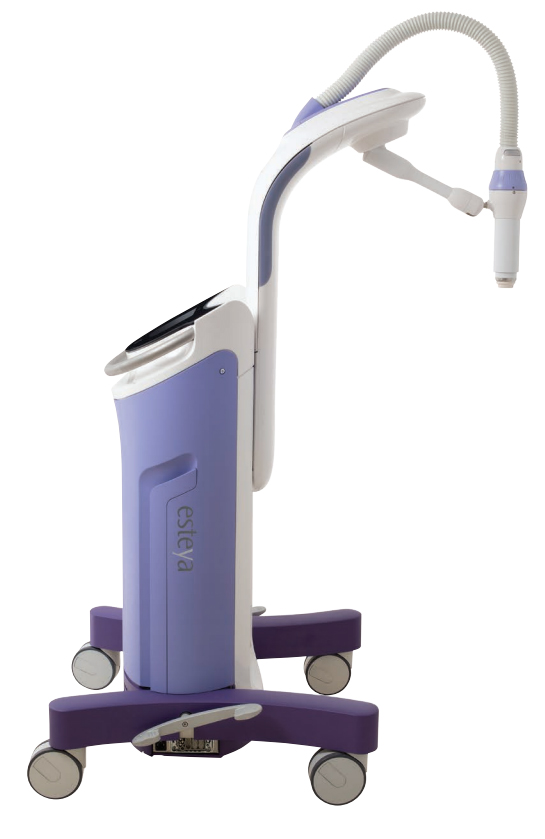
March 7, 2014 — A 67-year-old male patient received his final Esteya electronic brachytherapy session to treat a squamous cell carcinoma on his right hand, Jan. 14. He was the first patient in the United States to receive Esteya treatment, which was delivered at a Los Gatos, California clinic by Rakesh Patel, M.D., medical director, The Targeted Radiation Institute. Since Patel began treatment of the patient in late December, he has added nine additional patients to the Esteya schedule.
Esteya electronic brachytherapy is a form of high dose rate (HDR) brachytherapy that brings an electronic brachytherapy source in close proximity to the cancerous site. Its direct delivery enables Esteya to focus more therapeutic radiation on the disease target and to minimize radiation to surrounding tissues and organs. The therapy typically is delivered over six to eight treatments twice per week.
"The hand is traditionally a very difficult place to treat because of healing issues," Patel said. "In this first Esteya case, the main concern was to preserve hand functionality. The skin on the hand is very thin and there are nerves and tendons that we want to avoid the risk of damage that surgery potentially incurs. Treatment with this approach also is pain-free, non-invasive and takes just a few minutes per fraction."
Patel, past president of the American Brachytherapy Society, said that in comparison to other HDR brachytherapy systems, Esteya offers a combination of simplicity and refinement.
"Esteya has significant advantages over current brachytherapy technology," he observes. "The quality assurance process is more robust and efficient, requiring only a once-daily, two-minute QA. In other systems, QA must be done not only for every source in every machine, but also for every single patient every time they come in, which decreases clinic efficiency.
"Superficial radiotherapy employs a similar energy range as electronic brachytherapy, the source to skin distance in superficial, orthovoltage or electron beam radiotherapy is greater, which translates into higher doses at depth," he said. "With these technologies – if you're trying to treat a small, superficial skin lesion, like a skin cancer, particularly in a cosmetically sensitive area such as the face – you will potentially get unnecessary collateral radiation exposure to deeper structures. This is not the case in highly tailored electronic brachytherapy.
"Electronic brachytherapy systems present a tremendous opportunity for patients with skin cancer by extending the reach of brachytherapy beyond cancer centers and radiation facilities."
Esteya is not available for sale or distribution in all markets.
For more information: www.elekta.com


 December 11, 2025
December 11, 2025 









